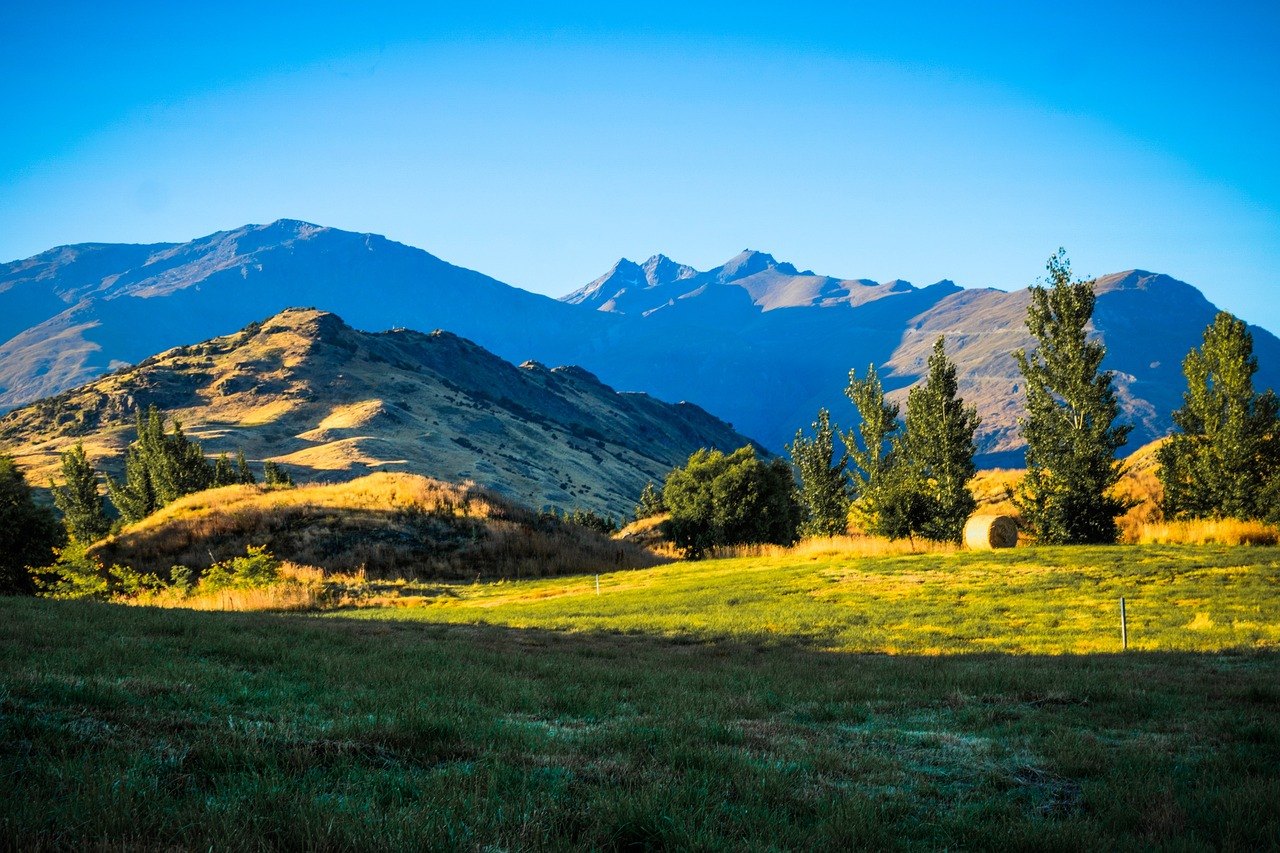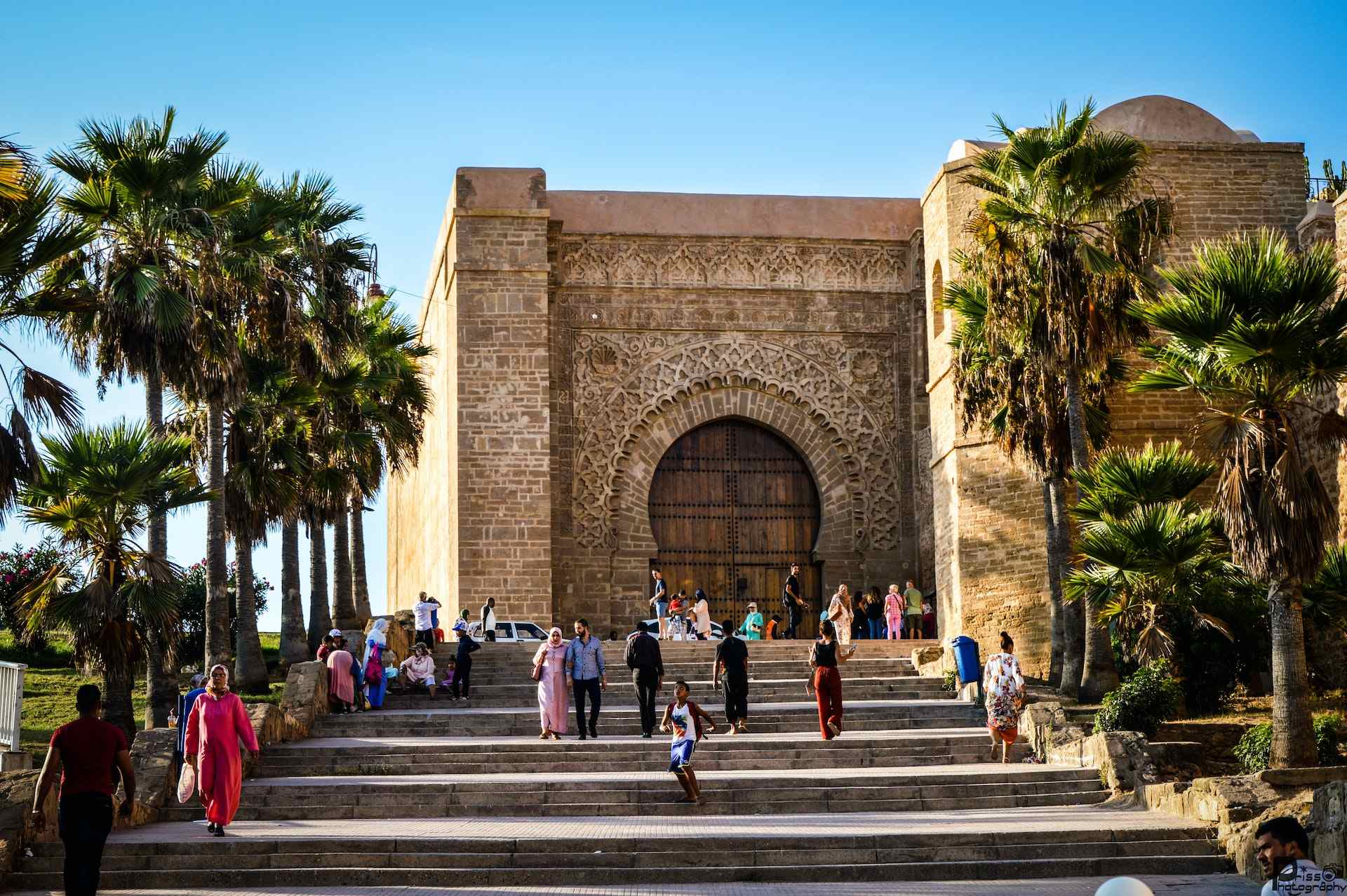Quito museums are a must-see for any history or art enthusiast visiting the city. With a rich cultural heritage dating back to the indigenous tribes that lived in the region before the arrival of the Spanish conquistadors, as well as a vibrant contemporary art scene, there is something for everyone to explore. In this article, we will take a closer look at some of the most popular museums in Quito, providing as much information as possible about each of them.
Museo del Banco Central
This museum, located in the heart of Quito’s historic center, is one of the city’s most popular cultural attractions. It houses a vast collection of pre-Columbian and colonial art, including ceramics, textiles, and gold and silver artifacts from the various indigenous cultures that inhabited the region before the arrival of the Spanish. The museum also has an impressive collection of contemporary art, featuring works by Ecuadorian artists. Visitors can take a guided tour of the museum, which is available in several languages.
Museo de la Ciudad
This museum, located in the beautiful colonial-era Palacio de Carondelet, is dedicated to the history of Quito and its people. It features exhibits on the city’s pre-Columbian, colonial, and modern history, including artifacts, photographs, and interactive displays. Visitors can take a guided tour of the museum, which is available in several languages.
Museo de la Cultura Afroecuatoriana
This museum, located in the historic neighborhood of San Juan, is dedicated to the history and culture of Afro-Ecuadorians. It features exhibits on the history of the African diaspora in Ecuador, including the transatlantic slave trade, the lives of enslaved people, and the contributions of Afro-Ecuadorians to the country’s culture and economy. Visitors can take a guided tour of the museum, which is available in several languages.
Museo de Arte Contemporáneo
This museum, located in the modern sector of Quito, is dedicated to contemporary art from Ecuador and the rest of Latin America. It features a rotating selection of exhibitions by emerging and established artists, as well as a collection of permanent works. Visitors can take a guided tour of the museum, which is available in several languages.
Museo Manuela Sáenz
This museum, located in the historic neighborhood of San Juan, is dedicated to the life and legacy of Manuela Sáenz, a prominent figure in Ecuador’s struggle for independence from Spain. She was also known for her role as a feminist and abolitionist. The museum features exhibits on her life, including personal artifacts and photographs, as well as interactive displays. Visitors can take a guided tour of the museum, which is available in several languages.
Museo Casa del Alabado
This museum, located in the historic neighborhood of San Juan, is dedicated to pre-Columbian art and archaeology. It features a collection of ceramics, textiles, and other artifacts from the various indigenous cultures that inhabited the region before the arrival of the Spanish. The museum also has an impressive collection of contemporary art, featuring works by Ecuadorian artists. Visitors can take a guided tour of the museum, which is available in several languages.
In conclusion, Quito’s museums offer a glimpse into the city’s rich cultural heritage and contemporary art scene. Visitors can explore the history and culture of the region, including the indigenous tribes thatlived here before the arrival of the Spanish, the African diaspora in Ecuador, and the contributions of Afro-Ecuadorians to the country’s culture and economy. The museums also showcase the talents of contemporary Ecuadorian artists. Guided tours are available in several languages, making it easy for visitors to gain a deeper understanding of the exhibits. Whether you’re interested in pre-Columbian art, colonial history, or contemporary art, Quito’s museums have something for everyone to discover and enjoy.



